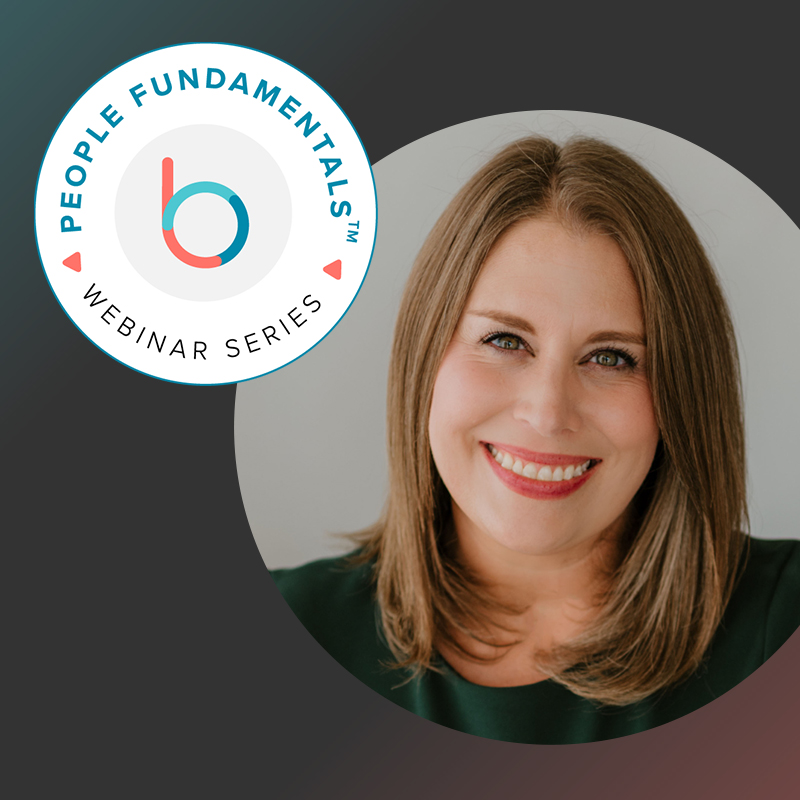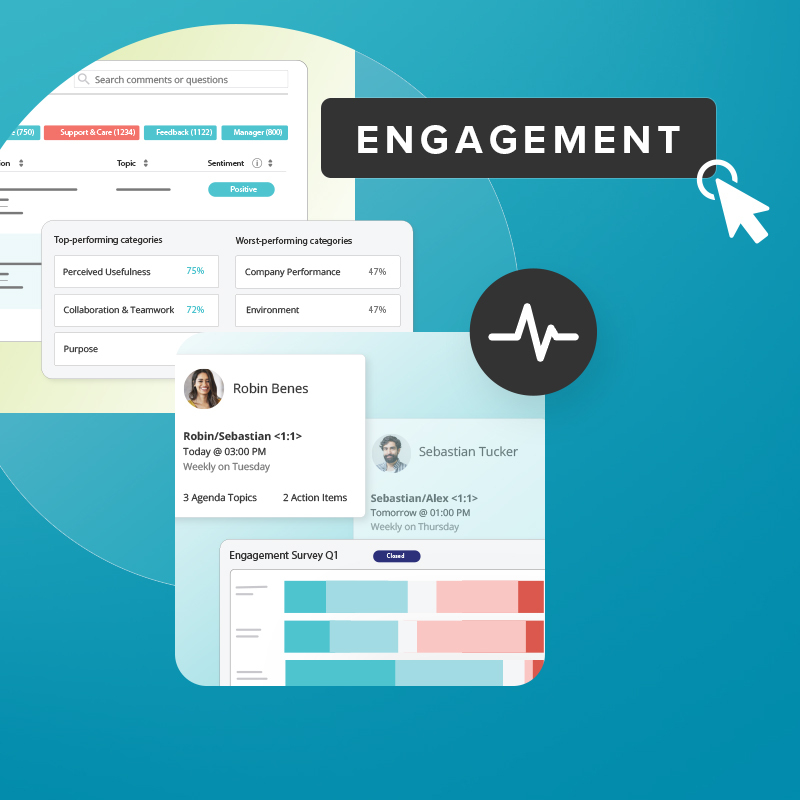A recent Gallup study finds the nearly 70 percent of all workers in the United States claim that they do not feel engaged in the workplace. It’s not surprising, therefore, that many employers are looking for new opportunities, such as pulse surveys, to strengthen employee engagement within their workplace.
Employee surveys can be extremely effective at boosting workplace engagement, but it’s important to develop the right type of survey. Here’s a nine-point guide to help your company create an effective and actionable employee engagement survey.
1. Set Clear Goals
Before you even start to draft the first question for your survey, it is important to develop a set of clear goals. This will ensure the questions align with the analytical data you want to collect.
2. Determine Target Audience
It’s also important to determine the target audience for the survey. Is it a company-wide survey? Is it a survey for upper management? Is the survey for lower-level employees or a specific department? This ensures you only ask questions that your employees can answer realistically.
3. Short vs. Long Surveys
There is no set answer for how long your survey should be. However, keep in mind that many of your employees may not have the patience or energy to answer lengthy surveys. Shorter surveys also tend to provide more thoughtful and accurate responses.
4. Fewer Questions – More Often
Shorter surveys do not mean fewer results. Instead of sending out longer annual employee engagement surveys, create smaller ones that can be sent out monthly or quarterly. This also enables you to create multiple employee engagement opportunities throughout the year.
5. Put Questions into Categories
If you must create long surveys, try to break the questions down into several categories. This will make the survey more manageable for your employees. This survey structure also works well for shorter surveys. Categories also help you with analysis of broad trends within your employees.
6. Ask Actionable Questions
You always want to ask questions that provide actionable results. Think carefully about each question on the survey, and think about how the responses could result in meaningful action. For example, skip broad questions, such as “Do you like your job?” If the employee says yes, how will you know why, and if he says no, you will have no insight as to the employee’s issues. Instead, focus on questions that are more specific, such as “Do you have a clear understanding of the duties and goals of your position?”
7. Emphasis on Employee Suggestions
An employee survey is not about engagement unless you are prepared to listen to the results. Give your employees opportunities to provide suggestions about management, production, safety and other issues. You never know where your next innovative idea will come from.
8. Long-Term Data Collection
Short-term data is instrumental in dealing with current issues within the workplace, but don’t forget the importance of long-term data collection. Develop several questions to survey repeatedly on a quarterly or semi-annual basis. Also, choose a solution that can help you maintain the long term data for trend analysis of broad groups within the company and longitudinal analysis of different employee profiles. This can help you identify workplace issues regarding company culture and overall employee satisfaction that are lurking underneath but difficult to identify from just a single survey.
9. Closed-Ended or Open-Ended Questions
Closed-ended questions, such as “yes or no” questions, are easier for your employees to answer and for you to analyze. However, open-ended questions, one where your employees are able to write their responses, typically provide clearer, more detailed feedback. While you can stick to one question style or the other, the most effective surveys have a mixture of both closed-ended and open-ended questions. Coupling a good set of open ended questions with a solution that can do sentiment analysis gives you the added advantage of identifying any sentiment outliers within the organization.
As with all good business strategies, creating an effective employee survey takes time and planning. Using this guide, along with Betterworks Engage’s dynamic employee engagement and analytics platform, you can create surveys that provide the results you need to take actionable measures. Learn more about our user-friendly platform and find out how it can help your business boost employee engagement.




